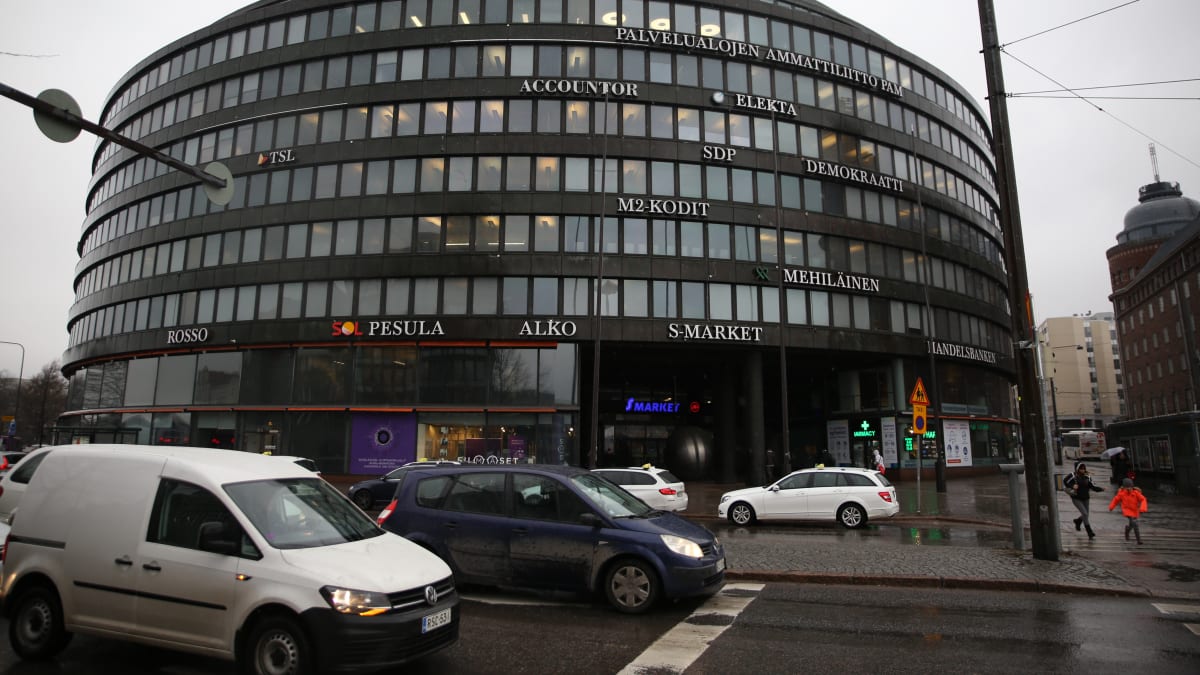Between October 31 and November 12, the United Nations Climate Summit COP26 will take place in Glasgow, where nations of the world will gather to negotiate global climate action under the Paris Agreement. Among other things, countries will negotiate the rules for trading in reducing emissions and how countries will report their emissions. The meeting will also focus on how countries’ climate commitments respond to the goals of the Paris Agreement on temperature.
At COP21 in Paris in 2015, the so-called Paris Agreement was adopted. It is a global climate agreement that aims to keep the average global temperature rise well below 2 degrees, preferably less than 1.5 degrees. To achieve this goal, all countries must regularly develop nationally agreed climate commitments with the goal of reducing their emissions. COP26 is the first time since COP21 in Paris that countries are expected to make new or updated climate commitments, and much of the meeting will be about how well countries’ overall commitments meet the goals of the Paris Agreement on temperature.
Global climate action has been too slow and we are now heading toward a global warming of 2.7 degrees. It will have dire consequences for people and societies around the world. All countries, including Sweden, must do more to reduce climate impact, and climate negotiations must send a clear signal that emissions will fall faster, says Environment and Climate Minister Per Polund, who heads the Swedish negotiating delegation in Glasgow. .
Sweden also wants countries’ climate commitments to operate under a common five-year time frame. This means that countries must update their climate commitments every five years at the latest, raising the possibility that countries will raise their ambitions at the pace needed to limit warming to 1.5 degrees.
Paris Agreement Rule Book
During the meeting, the two countries will also negotiate the final parts of the so-called rule book of the Paris Agreement, which governs how the agreement will be implemented. However, there is still disagreement about these issues. One of these issues relates to the rules on how countries can cooperate to reduce emissions, for example through trade in emissions reductions. The Paris Agreement allows countries to implement climate measures outside the country’s borders. One country, for example, can finance wind energy in another. It helps the country where wind power is being built as the country’s climate changes, and the country that has funded wind power can use the emissions reduction that wind power generates to meet parts of its national emissions targets. However, some countries are of the view that the emission reduction measure should be allowed to be reported as an emission reduction in both countries, the so-called double counting.
We were the first generation to know about the climate crisis. Now we need to be the generation that dares make the decisions necessary to stop it. Then we can’t allow double counting of emissions cuts, or other rules that risk a sharp decline in climate ambitions, says Per Polund.
One of the great achievements of the Paris Agreement was that all countries must report their emissions in an equal way, which countries had not done before. However, some countries want to maintain the difference that used to be in how countries report their emissions. This would make it difficult to compare countries’ climate action and lead to less transparency in the implementation of the Paris Agreement.
In terms of cooperation and emissions reporting, Sweden believes that overly lax rules may reduce ambition in global climate action.
Climate Finance
The results of COP26 will also be evaluated on the basis of whether developed countries have succeeded in achieving the goal of mobilizing $100 billion in climate finance by 2020-2025. This is important to enable climate change in developing countries and for developing countries to be able to constantly increase their ambition in their climate action.
The poorest countries bear the least blame for the climate crisis, but are the hardest hit. Rich countries have a special responsibility to contribute to climate change in developing countries. So Sweden will increase its climate financing by 1 billion SEK early next year and double its climate financing to 15 billion SEK by 2025. Thus Sweden is the world’s largest donor in terms of per capita climate aid. With this, we want to improve adaptation opportunities in developing countries and pressure other countries to do more, says Per Polund.

“Unapologetic writer. Bacon enthusiast. Introvert. Evil troublemaker. Friend of animals everywhere.”






More Stories
Dubai Airport delays – worst rain in 75 years
The regent must abdicate – but he refuses to say when
The historic building of the Stock Exchange in Copenhagen caught fire – and the tower collapsed